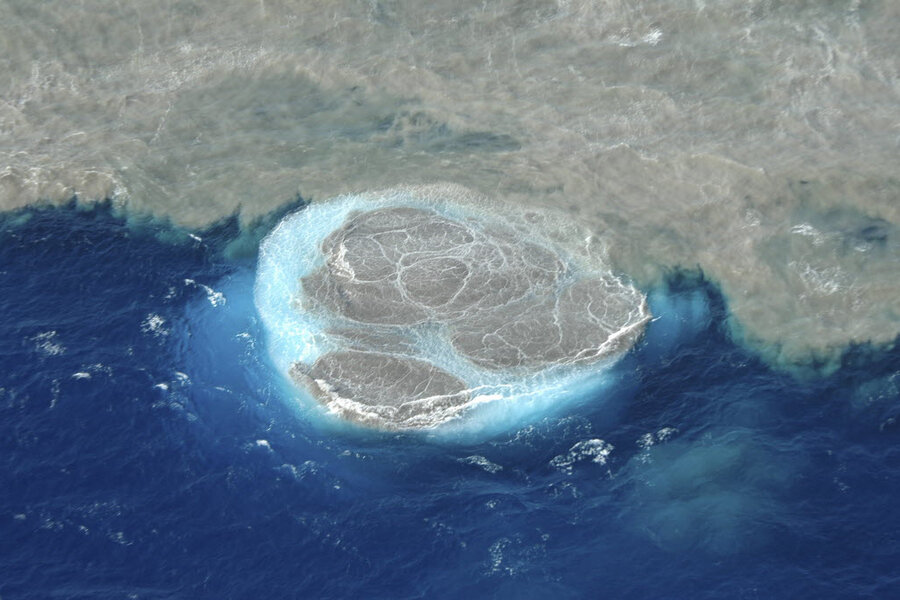There may be a volcano erupting off the coast of Oregon: Is it a threat?
Loading...
On April 24 there were nearly 8,000 earthquakes off the Oregon coast. The culprit: an underwater volcano.
The suspected eruption at the Axial Seamount, an underwater volcano located about 300 miles offshore, was not much of a surprise to scientists. Bill Chadwick, a geologist at Oregon State University, predicted an eruption would occur this year. He appears to have been right.
The past five months have shown signs that an eruption was bound to take place, reported Oregon Live. Hundreds of small earthquakes rumbled the seafloor almost daily. On April 24 they spiked, causing temperatures to rise and the sea floor to drop over two meters, the result of an underwater volcanic eruption.
Is the eruption a threat? No, researchers say. The eruption is underwater, and the subsequent earthquakes only reached a magnitude of 1 or 2 with gradual seafloor movement, too little to create tsunamis. In fact, while volcanic activity may seem alarming to most, it can actually help scientists learn more about volcanoes that do pose a danger to nearby residents.
Most of the information about the eruption is still speculative, since researchers have not yet been able to collect data and confirm it actually occurred. However, it looks likely.
“It isn’t clear yet whether the earthquakes and deflation at Axial are related to a full-blown eruption, or if it is only a large intrusion of magma that hasn’t quite reached the surface,” Chadwick said in a statement. “There are some hints that lava did erupt, but we may not know for sure until we can get out there with a ship.”
If there is no threat to residents, than why is this event so important to researchers? Volcanic activity is difficult to predict. Land volcanoes, the ones most likely to affect the surrounding population, are even trickier to predict, since they have thicker crusts and are affected by their surroundings (such as other volcanoes and earthquakes). By becoming better at predicting underwater volcanic activity, researchers hope they can increase predictability for more dangerous volcanic eruptions.
“Because Axial is on very thin ocean crust, its ‘plumbing system’ is simpler than at most volcanoes on land that are often complicated by other factors related to having a thicker crust,” Chadwick said in a statement. “Thus Axial can give us insights into how volcano magma systems work – and how eruptions might be predicted.”
The volcanic activity was detected by an underwater observatory, which includes a network of 600 miles of coaxial cable that tracks data and powers multiple seismometers, microbial samplers, tilt meters, and other technology. The network, which was completed last fall, is operated by the University of Washington. It cost $200 million, and is the first of its kind in the US.
“Now with this cabled array out there, we can keep an eye on it every day,” Chadwick told the San Francisco Chronicle. "When something happens, we know it. And you can look at patterns over a long period of time.”








